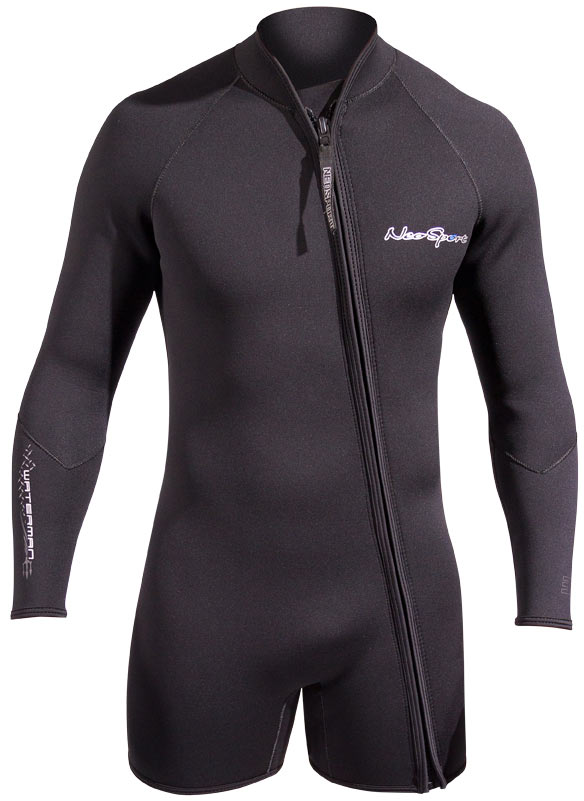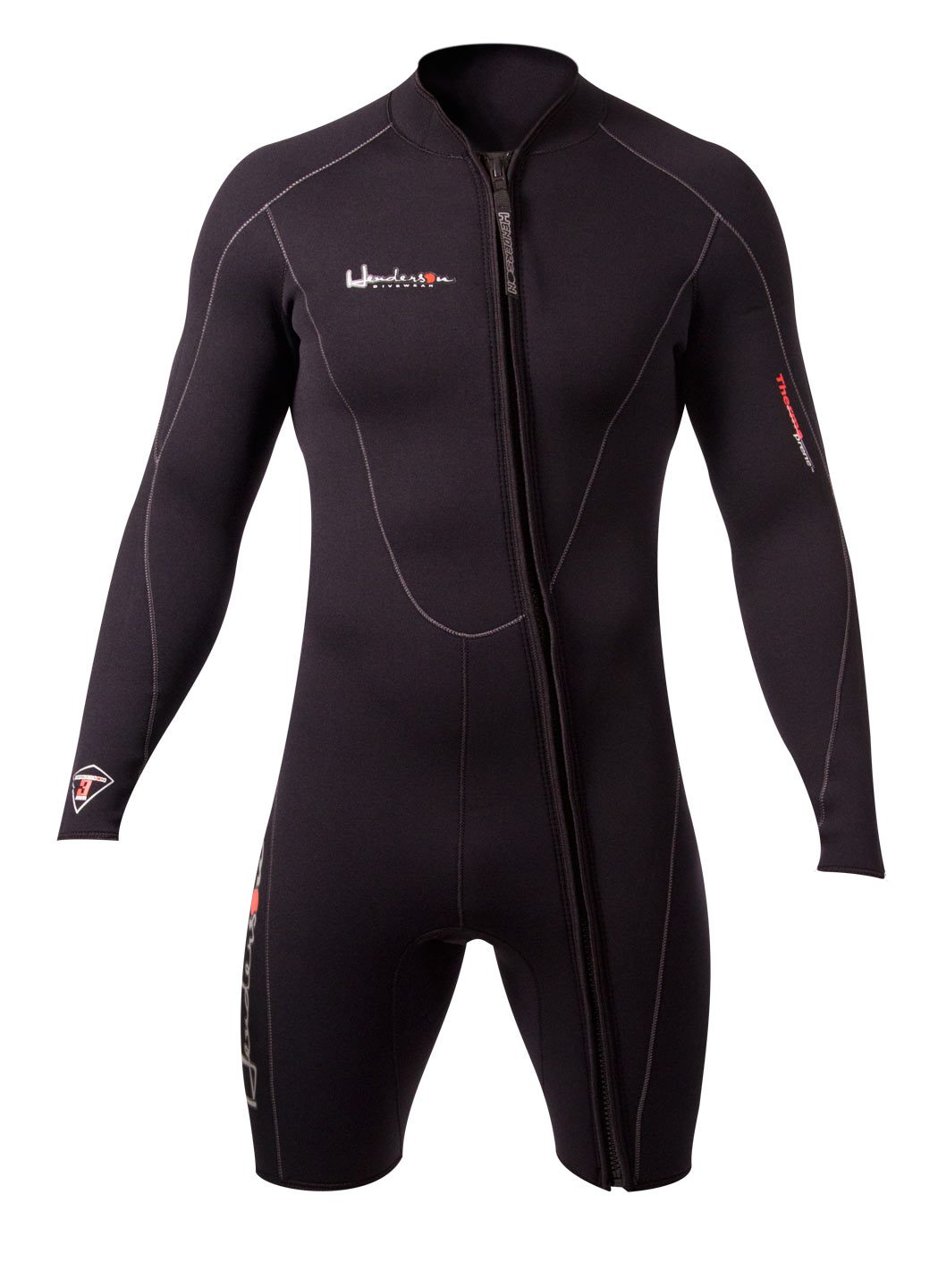pelagic_one
Registered
Hi all. My OW certification and all subsequent dives have been in warmer waters and the occassional thermoclines. I mostly use a rashguard. Now I have a Henderson 5mm full wetsuit to dive colder waters. To get a wetsuit that anywhere fits my frame from head to toe required a XXXL. The waist to legs area is a bit baggy, not as bad as riding britches, but not skin-tight and the arms are slightly loose. In a rash guard, I can frolick like a sea monkey in deep water. With the 5mm wetsuit I could not maintain depth or neutral buoyancy at all. Ascending from 20 feet to 19 feet would send me to the surface and descending one foot would sink me to the bottom. The power inflator and dump valve were required every moment in the dive. I had to watch my depth gauge continuously and make corrections with the BCD. Shallow and deep breathing were ineffective. Are my skills that bad or is the wetsuit loose fit the culprit?
How can divers in drysuits maintain any kind of neutral buoyancy going up and down with air in the suit?
How can divers in drysuits maintain any kind of neutral buoyancy going up and down with air in the suit?






